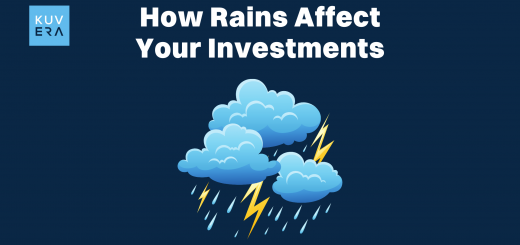Presenting the best of investor education content, #CuratedByKuvera. This video by @FranklinTempleton explains what is NAV and how it is calculated.
Why is this calculation important?
It helps you calculate the number of units you can buy as an investor. For example, if the NAV of the scheme is Rs. 25 and the amount being invested is Rs. 25,000, the investor will receive 1000 units.
While redeeming your investments, that is when you withdraw your money from the scheme, you get the current value of the unit. That means, if the applicable NAV per unit of the scheme at the time of withdrawal is Rs. 50, you will receive Rs. 50,000 for your 1000 units which you earlier bought for Rs. 25,000 (at Rs.25 NAV).
Another reason why it is important is to gauge the performance of the scheme. The calculation is done by comparing the NAV of the scheme over two different points to know how well or poorly the scheme has performed.
For e.g. If the NAV per unit of the scheme today is Rs. 25 and 2 years ago it was Rs 15, you know that the scheme has delivered an absolute return of 66.67% over 2 years or 29.10% every year over a period of 2 years.
To sum it up, the top three reasons why it is important:
• Helps investor to understand how many units can be bought.
• Helps predict the amount the investor will receive while redeeming the investment.
• Measures the performance of the scheme.
#MutualFundSahiHai #KuveraSabseSahiHai #PersonalFinance #InvestorEducation










